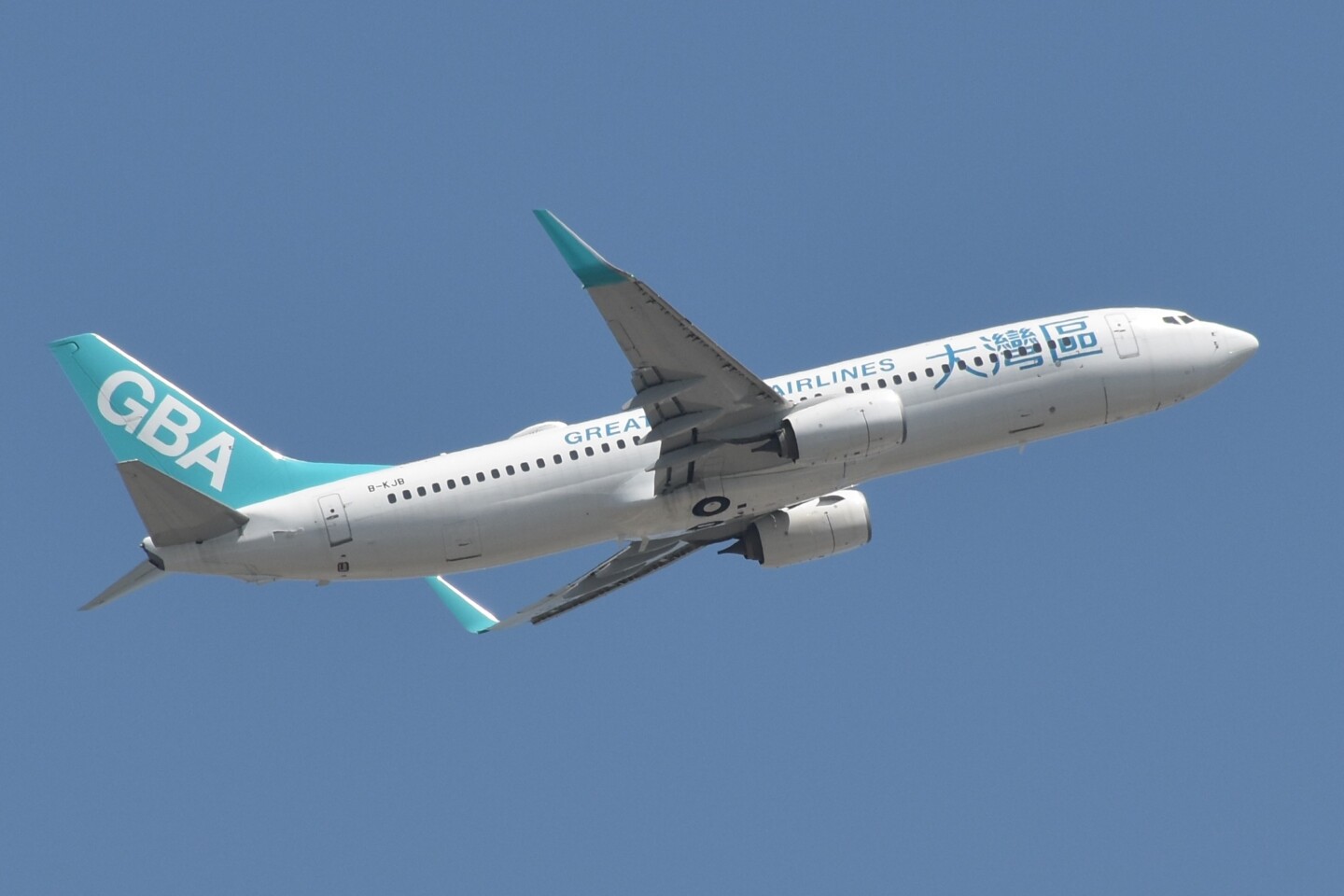Greater Bay Airlines is Hong Kong’s newest low-cost carrier. Since it launched scheduled passenger flights in 2022, the airline has expanded rapidly to become a viable competitor to Hong Kong’s existing carriers. Hong Kong is an exceptionally tough market to start a new airline: local competition is extremely fierce, both from foreign and local carriers. I wanted to write briefly about what Greater Bay Airlines is, its route network and fleet, and what passengers should expect when flying with the airline.
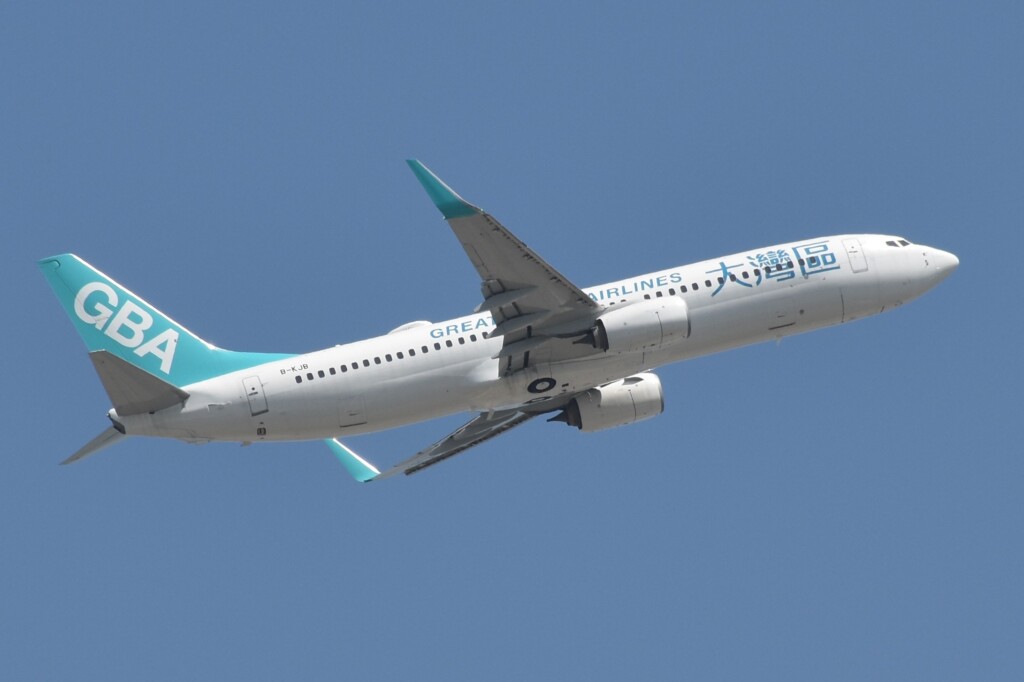
Greater Bay Airlines Boeing 737-800
A Brief History of Greater Bay Airlines
Greater Bay Airlines is the brainchild of local entrepreneur Bill Wong Cho Bau, who also founded Donghai Airlines. The airline aims to offer the “best value” for passengers travelling to and from Hong Kong and the Greater Bay Area (which includes neighbouring cities like Shenzhen, Guangzhou, Macau, and Zhuhai). In other words, Greater Bay Airlines is looking to compete directly with local low-cost carriers like HK Express.
I’ve seen a lot of speculation that Greater Bay Airlines is essentially a reincarnation of the now-defunct Cathay Dragon (formerly known as Dragonair) – a regional carrier that was part of the Cathay Pacific group. However, that’s not a great comparison. While Greater Bay Airlines poached a number of staff from Cathay Dragon (including former C.E.O. Algernon Yau), Cathay Dragon was a full-service carrier with strong international connectivity – neither of which applies to Greater Bay Airlines. Furthermore, Greater Bay Airlines seems to be going head-to-head with major full-service carriers, instead of focussing on under-served secondary markets from Hong Kong.
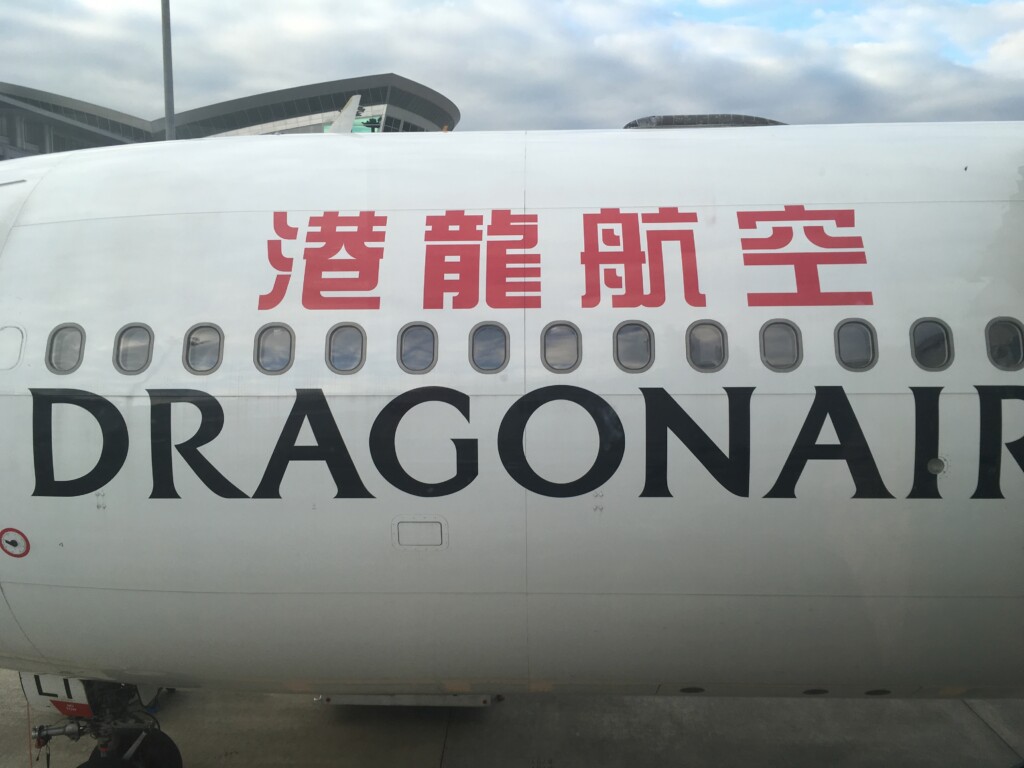
No, Greater Bay Airlines isn’t Cathay Dragon (or Dragonair) re-incarnated
Greater Bay Airlines Fleet
Greater Bay Airlines operates a fleet of 7 second-hand Boeing 737-800 aircraft, which previously flew for airlines like Norwegian Air International, China Airlines, and partner Donghai Airlines. These aircraft are configured in an all-economy configuration with 189 seats.
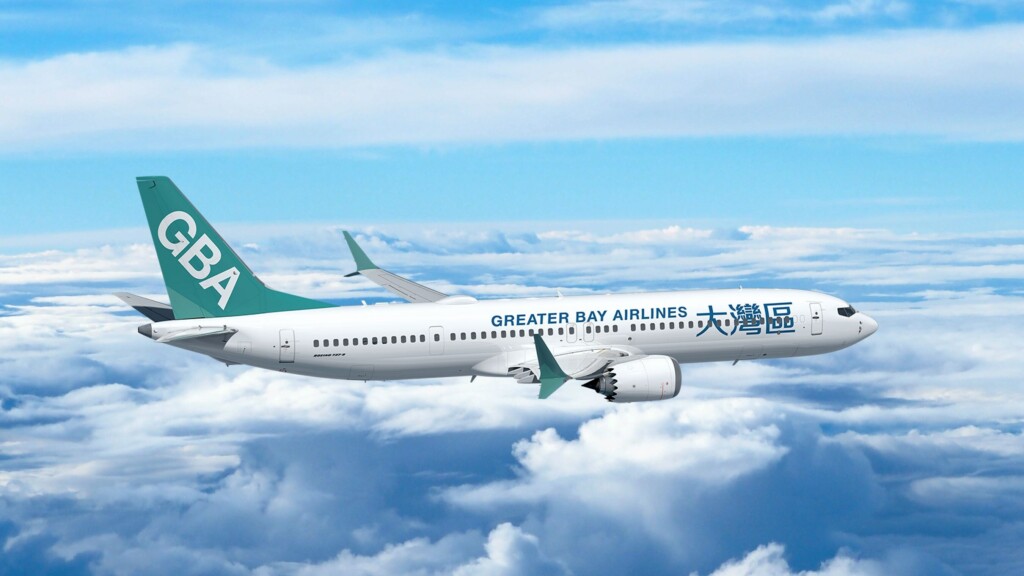
Greater Bay Airlines Boeing 737 MAX 9 Rendering
Furthermore, the airline has 15 Boeing 737 MAX 9 aircraft on order for delivery from 2024 to 2027. These aircraft will offer inflight WiFi. There is some (purely vibes-based) speculation that Greater Bay Airlines will introduce a Business Class product on new aircraft, which is interesting considering that the airline is currently positioned as a low-cost carrier.
Additionally, Greater Bay Airlines has made a “commitment” for 5 additional Boeing 787 aircraft, which I’ll get into a bit later.
Greater Bay Airlines Route Network
Greater Bay Airlines currently flies to six destinations, which are:
- Seoul Incheon
- Osaka Kansai
- Tokyo Narita
- Taipei
- Bangkok
- Manila
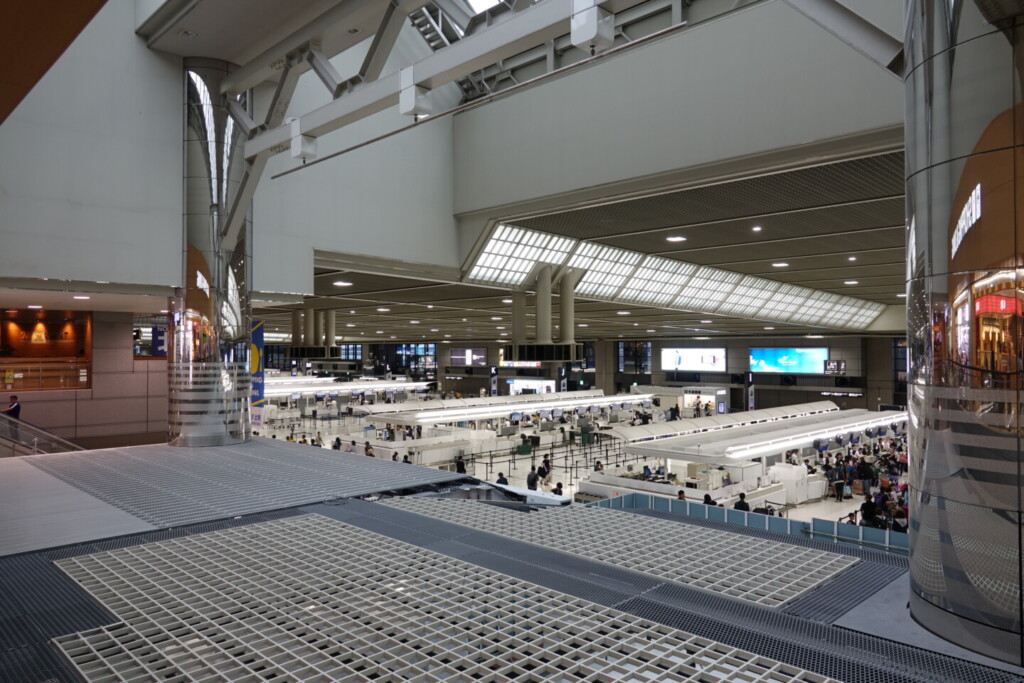
Tokyo Narita Airport
The airline also has plans to fly to three additional destinations in the future, which are:
- Singapore
- Beijing
- Shanghai
Does This Route Network Make Sense?
I’m quite surprised by the fact that Greater Bay Airlines is focusing on routes to major cities in Asia.
- As I’ve mentioned, Hong Kong is a fiercely competitive aviation market. These routes are already all operated extensively by both local and overseas carriers at different price points. For example, from Hong Kong to Seoul Incheon, Greater Bay Airlines competes with Cathay Pacific, HK Express, Asiana, Korean Air, Hong Kong Airlines, T’way, and Jeju Air.
- Greater Bay Airlines’ low-cost offering means it needs to compete on price rather than product. However, this is challenging as Greater Bay Airlines is likely to have higher operating costs than many regional competitors due to high labour costs and its relatively smaller size.
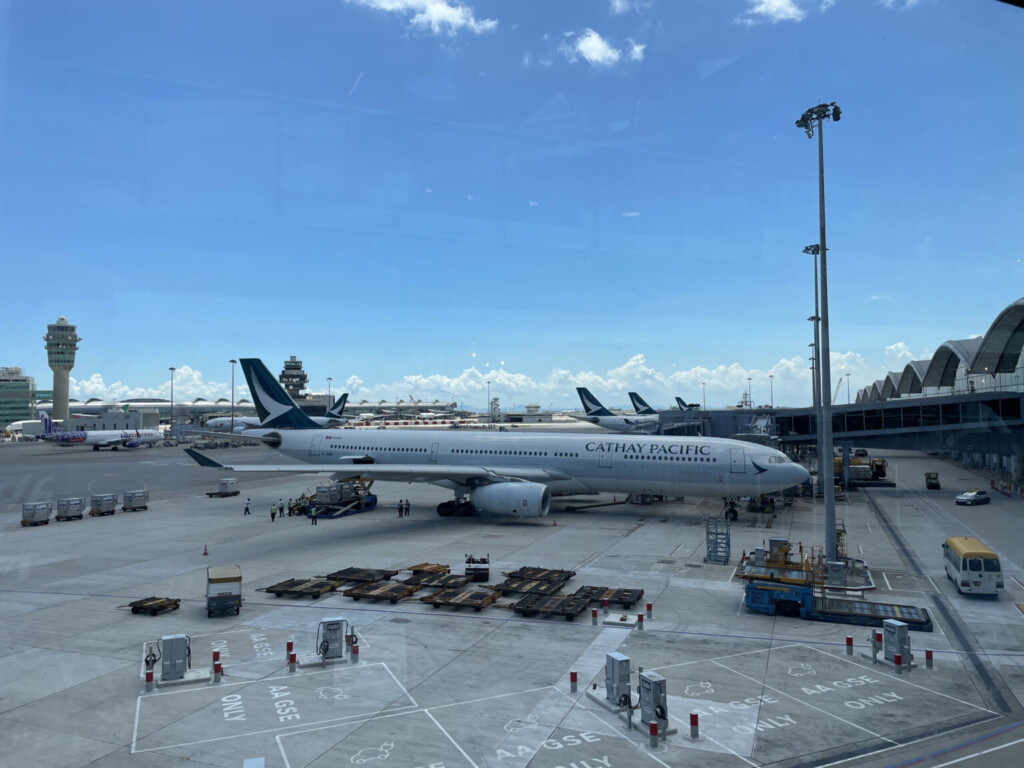
Cathay Pacific Airbus A330-300
It’s great that Greater Bay Airlines (pun not intended) is trying to compete in high-demand routes, but this seems to be a losing route strategy for a newly established low-cost carrier.
- Low-cost carriers tend to succeed by creating demand in less well served markets by establishing point to point connections. In fact, low-cost carriers typically do worse in markets where there is already extensive competition. Ryanair, for example, is often the only airline that operates a non-stop service between two markets. Admittedly, Greater Bay Airlines is limited by its Hong Kong hub. However, there are still plenty of secondary cities across mainland China and Southeast Asia with enough demand for non-stop service.
- Additionally, low-cost carriers also mostly succeed in primarily leisure destinations, where passengers are generally more price conscious. However, Greater Bay Airlines seems to have ignored these cities in favour of destinations with a mix of leisure and business destinations.
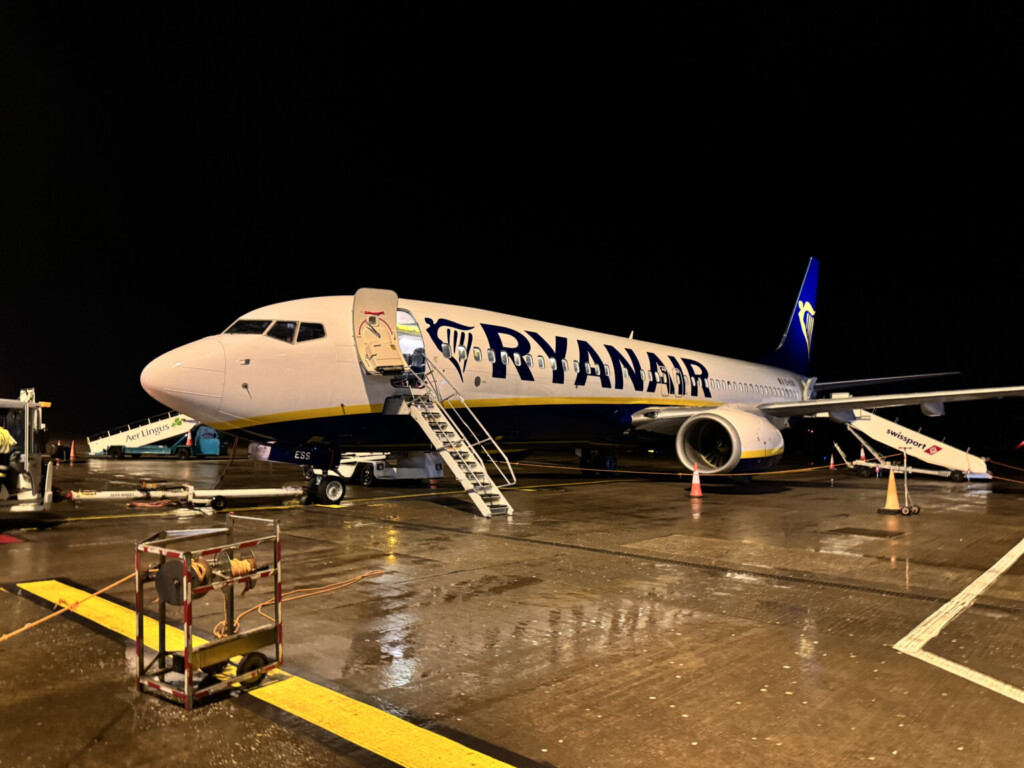
Ryanair Boeing 737-800
I’m really rooting for Greater Bay Airlines. The airline’s success would drive down prices for the Hong Kong-based travellers. However, I’m not entirely convinced that its current strategy to go head-to-head with established carriers on high-demand routes is viable.
Greater Bay Airlines Long-Haul Expansion?
As I mentioned above, Greater Bay Airlines has “committed” to ordering 5 Boeing 787 aircraft in case of any long-haul expansion.
While Hong Kong has a lot of short-haul service from low-cost carriers, there is a sizeable gap in the market for long-haul low-cost service. I see a potential opening for Greater Bay Airlines to start non-stop service to secondary destinations in Europe, Australia, or in the Middle East/North Africa region.
Long-haul low-cost is currently all the rage in East Asia. Both Japan Airlines and ANA recently set up new long-haul low-cost-subsidiaries, Singapore Airlines’ Scoot appears to be doing quite well, and new entrants like Korea’s Air Premia are aggressively expanding.
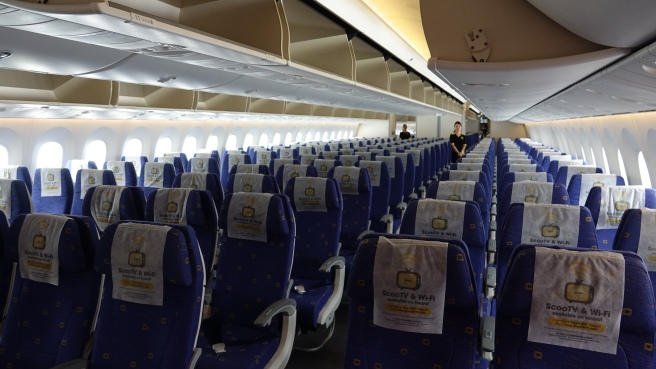
Scoot Boeing 787-9
There would still be headwinds with a potential long-haul expansion for Greater Bay Airlines:
- Hong Kong’s last long-haul low-cost carrier – Oasis Hong Kong – failed spectacularly. While much of the Oasis’ woes came from the fact that it offered full-service amenities at low-cost prices, the long-haul low-cost business model in general doesn’t have a particularly strong track record.
- Mainland Chinese carriers already offer rock-bottom, one-stop fares between Hong Kong and many major European destinations. Greater Bay Airlines would need to – at a minimum – match some of these fares
That being said, I feel like a long-haul low-cost expansion for Greater Bay Airlines isn’t entirely out of the question, and might open up non-stop service from Hong Kong to some interesting destinations.
Greater Bay Airlines Pricing
In most markets, Greater Bay Airlines “base” fares are similar to those on HK Express and most low-cost competitors. As an example, when I searched through Google Flights for a round-trip between Hong Kong and Seoul Incheon in late April:
- T’Way and Jeju Air were the cheapest, with tickets at HKD 1,350 and HKD 1,395 respectively
- HK Express was the cheapest of Hong Kong-based carriers, with tickets at HKD 1,523
- Greater Bay Airlines and Hong Kong Airlines were priced similarly, with tickets at approximately HKD 1,595
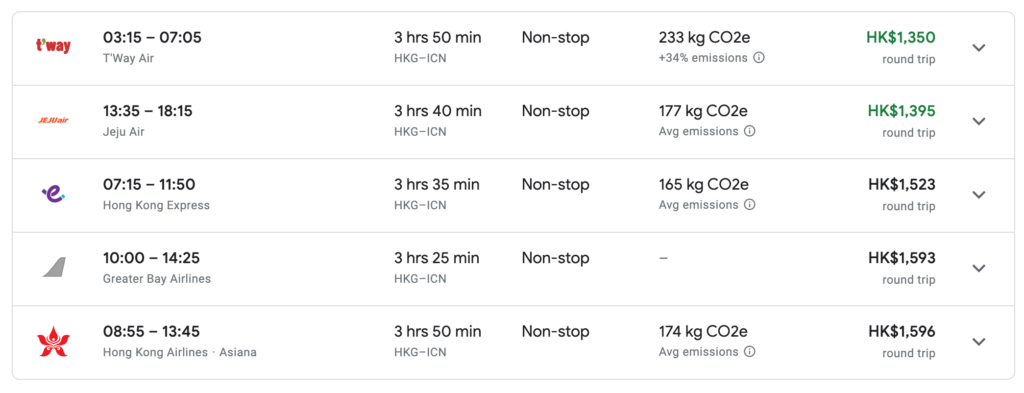
While it’s worth noting that the timing for each of these flights are drastically different, it’s clear that Greater Bay Airlines is pricing its tickets to compete with HK Express and Hong Kong Airlines. Generally, Greater Bay Airlines is slightly more expensive than HK Express, but slightly cheaper than Hong Kong Airlines.
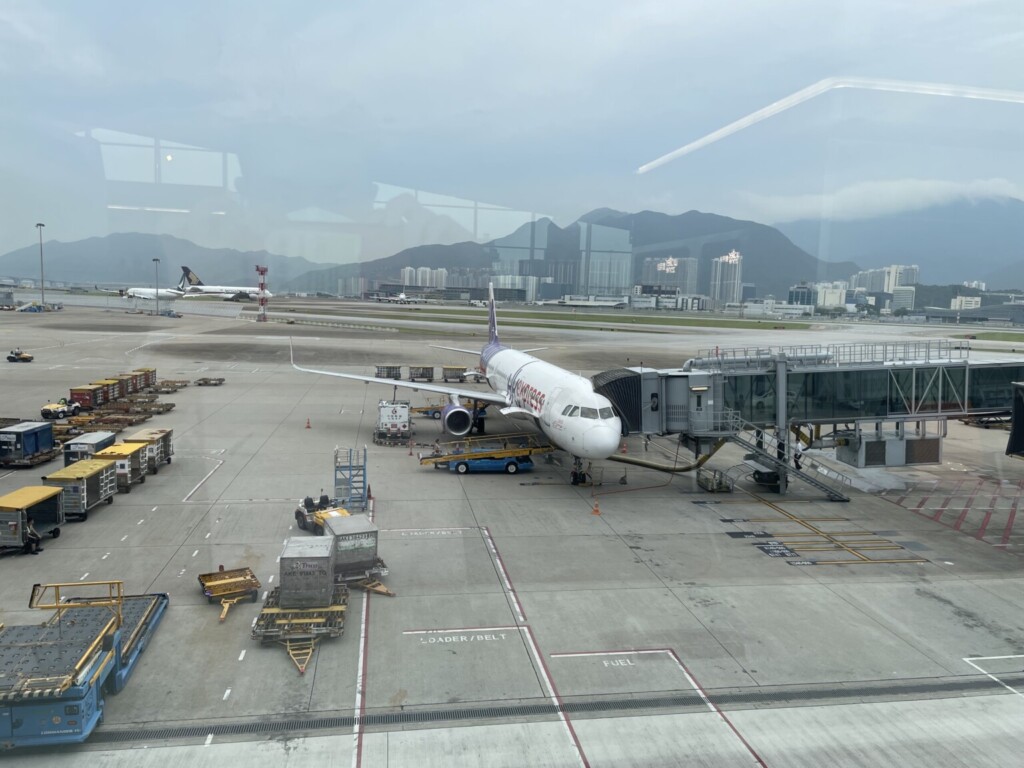
HK Express Airbus A321-200
Greater Bay Airlines Ticket Types
Greater Bay Airlines doesn’t have a loyalty programme.
Passengers on Greater Bay Airlines select from three ticket types, which are:
- Go Go: Hand-luggage only (7kg maximum) with no changes allowed (except for flights from Seoul Incheon)
- Value Go: Checked baggage allowance (20kg maximum) with changes allowed for a fee.
- Flex Go: Checked baggage allowance (20kg maximum) with free unlimited changes and complimentary standard seat selection.
The airline offers all passengers “one-time complimentary standard center seat selection”, which is a comical thing to advertise. Passengers wishing to book an aisle or window seat will need to pay extra. Additional fees range from HKD 80 for a standard aisle seat to HKD 180 for a bulkhead or exit row seat.
Selecting a seat via Greater Bay Airlines’ contact center costs around 25-45% extra, so be sure to select seats only on the airline’s website.
An extra checked bag costs between HKD 300 and HKD 780, depending on whether it is purchased online or at the airport.
Greater Bay Airlines Inflight Experience
Greater Bay Airlines’ current fleet is equipped with 189 Recaro slimline Economy seats. These seats are slightly better than you’ll find on most intra-Asia low-cost carriers. The seats have 29 inches of pitch – which is tight but slightly more than on competitors like HK Express. Additionally, Greater Bay Airlines is (to my knowledge) the only low-cost carrier in East Asia that offers USB-A charging outlets at each seat on narrow-body aircraft.
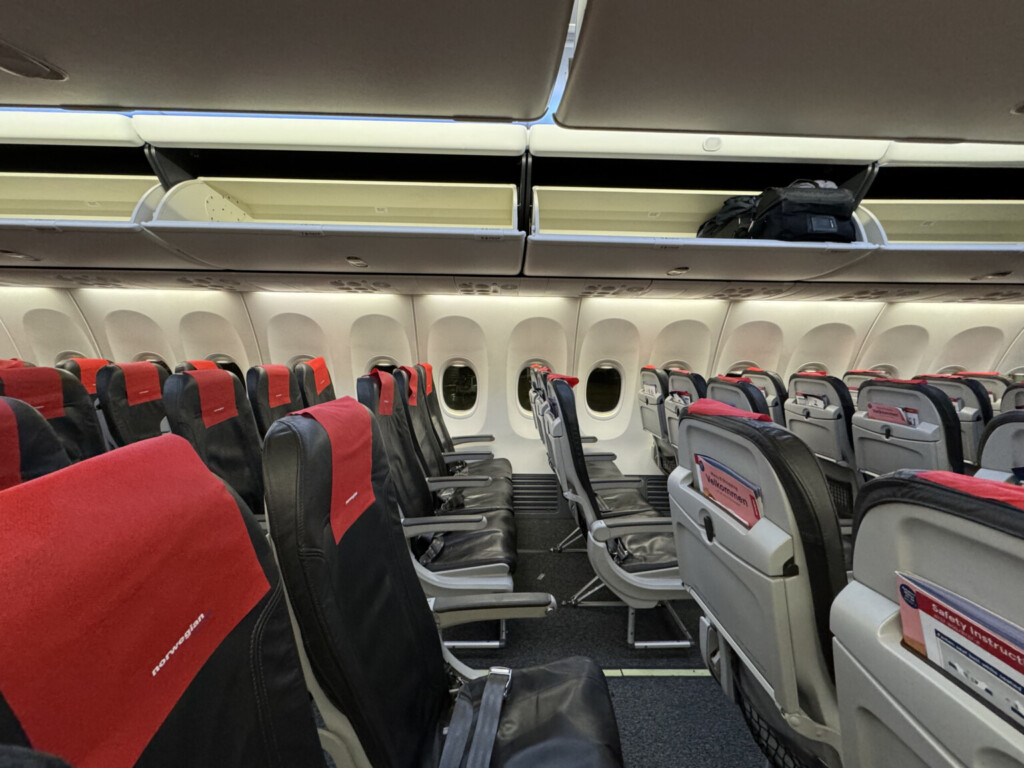
Greater Bay Airlines’ Boeing 737-800 cabins should look a lot like Norwegian’s
Intra-Europe travellers should be familiar with these seats, which are also found on Lufthansa Group, Finnair, TAP Air Portugal aircraft.
Apart from a free bottle of water, passengers on Greater Bay Airlines will need to purchase all food and drinks onboard. You can access the inflight menu here. Overall, the selection of snacks is pretty decent. I appreciate that the team at Greater Bay Airlines has incorporated a lot of local favourites in its snack and drink selection. A selection of (primarily Hong Kong-inspired) hot meals are available for pre-order or onboard purchase. Passengers who pre-order a meal online get a HKD 12 discount, which is a nice touch.

Greater Bay Airlines’ Inflight Meal Selection
I was surprised to find that Greater Bay Airlines has an extensive onboard duty free selection (including high-end skincare products, watches, and tech gadgets). While this feels off-brand for a low-cost carrier, it’s interesting to see the airline experiment with different revenue streams.
Bottom Line
Greater Bay Airlines is the first Hong Kong-based start-up airline in over 15 years. I’m really rooting for the airline to do well and hope to fly them in the coming year. More competition in the airline industry is generally a good thing for consumers in terms of both ticket prices and inflight service quality. At the surface level, Greater Bay Airlines offers a solid low-cost product for a very competitive price. While I’m a little skeptical of the airline’s current route strategy, I’m curious to see if they will be able to succeed in high-demand, high-competition routes in the future.
